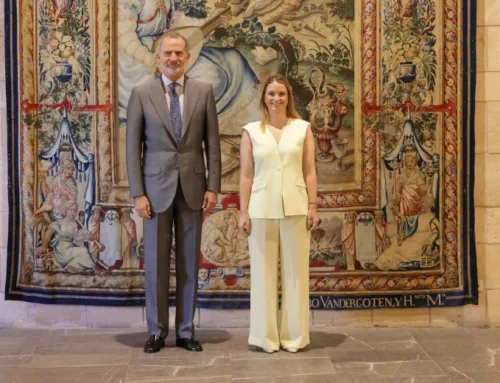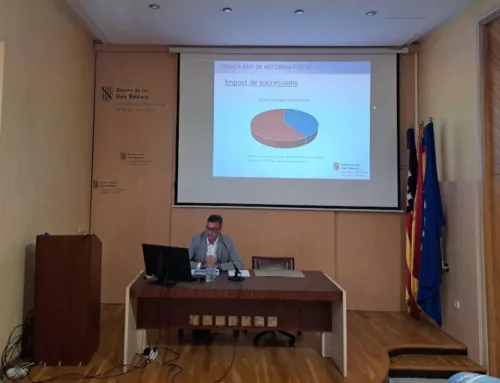The Balearic Islands will have a pioneering Birth Centre so that women can have an unmedicated birth in a friendly and safe environment. It will be located in the Son Espases Vell houses
The president of the Balearic Government, Francina Armengol, has presented the architectural project for the new Birth Centre at the Son Espases University Hospital. The infrastructure will cost 2.1 million euros and will take 12 months to complete.
For her part, the Regional Minister of Health and Consumer Affairs, Patricia Gómez, has assured that this house “will be an experience that has all the health guarantees in a process that midwives will carry out in a completely natural way“.
The infrastructure will have three single rooms with direct access to the outside. The aim is to benefit women during the birth process, which sometimes takes hours and requires a lot of movement to lighten the sensations. Each room will have a surface area of 33 m², with a bathroom.
Project details
According to the architectural project drawn up by the Soler Herrera Montis joint venture, the Birth Centre – surrounded by a green area and facing the Serra de Tramuntana – will have an independent entrance from the street and will have a fast route to the Hospital’s support services in case of need. The aim is to create a continuum between the woman’s home and the Centre through a respectful environment that conveys security, warmth and serenity.
In total, the facilities will have a built surface area of 822 m² spread over two floors and different spaces for the accompaniment of the woman during pregnancy, childbirth and postpartum, and also of the newborn baby until they are discharged.
The aim of the Birth Centre is to offer women with low-risk pregnancies a public care model of continuity of care led by midwives during pregnancy, childbirth and the postpartum period, in a safe out-of-hospital environment that keeps the woman and her baby at the centre of care.
To guarantee the success of this new model, it will be essential to ensure the correct continuity of care from primary care, the Birth Centre and the Hospital’s support services, so that the woman and her family feel that there is fluid communication between all of them.







Leave A Comment